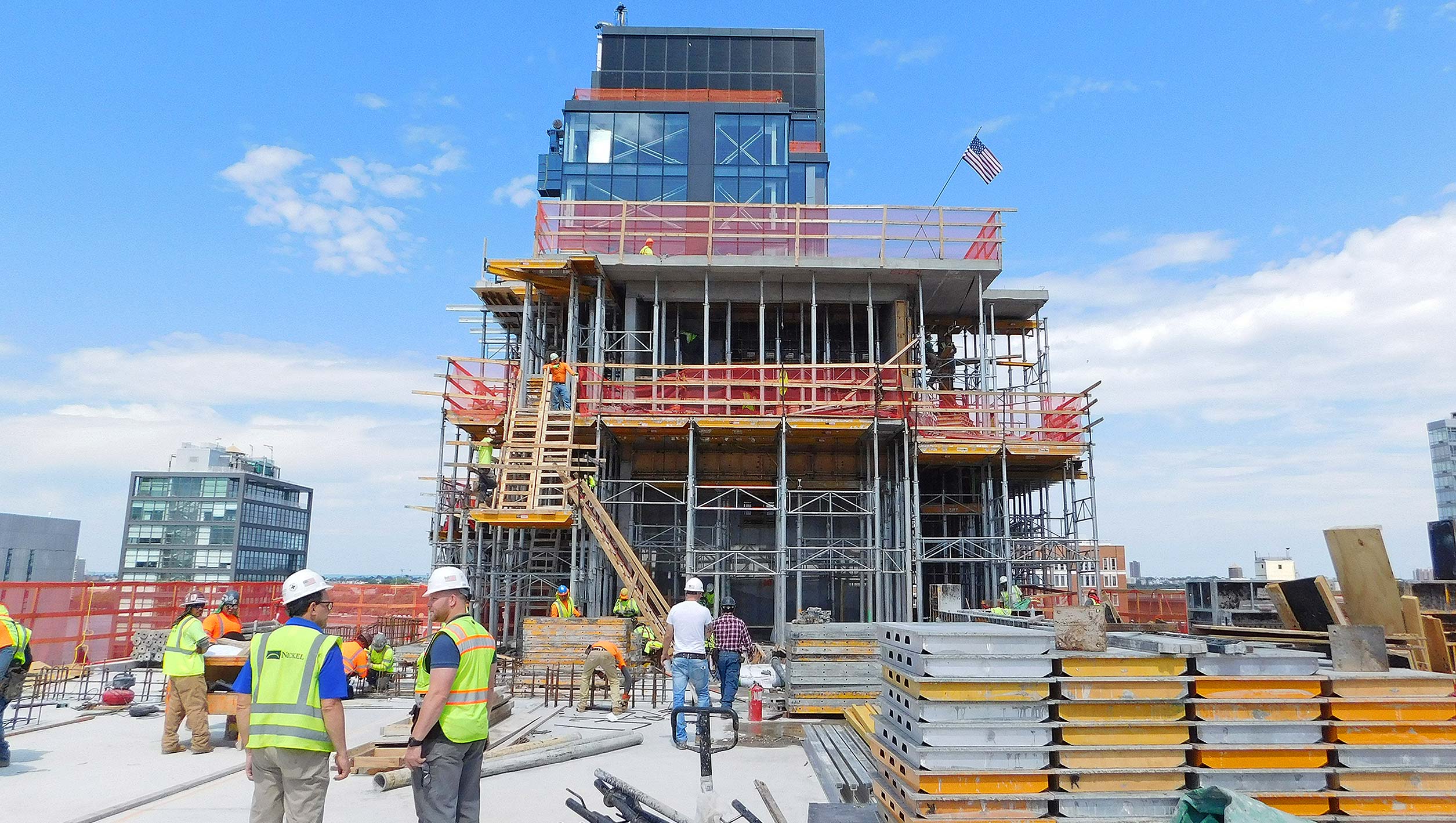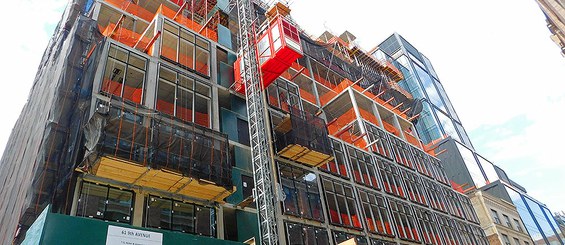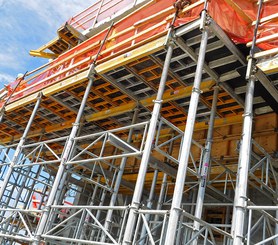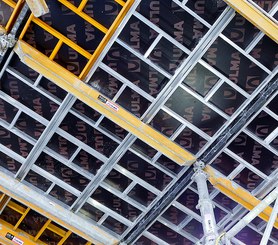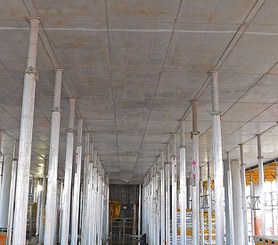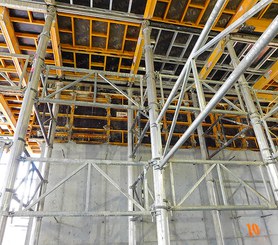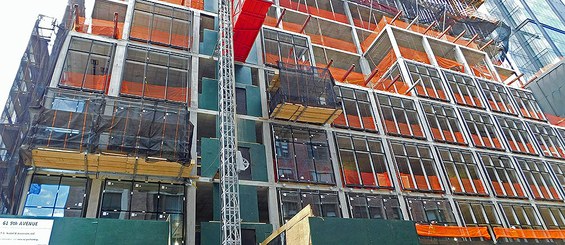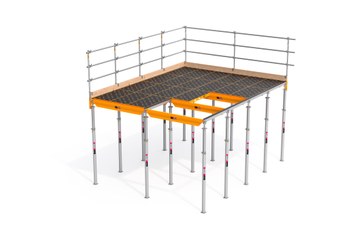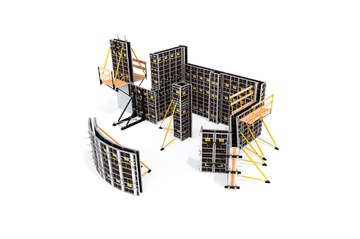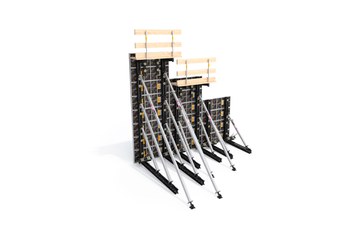Description
Former Prince Lumber Yard in the revived Meatpacking district, is being transformed into a modern office building, hosting largest Starbucks in the world and AETNA’s Headquarters relocating from Connecticut.
The 61 Ninth Avenue building rises 10 stories ranging from 9,000 to 20,000 SF, with floor heights ranging from 13’ 5” to 17’; totaling 165,000 SF, trying to achieve a LEED Gold Certification for sustainability.
The 61 Ninth Avenue building has unique floor layouts with multiple terraces taking advantage of views of the Meatpacking district and the Hudson river. These outside spaces throughout the building transform the typical office building into a modern indoor – outdoor environment creating a more relax ambiance.
ULMA Solution
For the slab construction and support ULMA proposed the use of CC-4 panel shoring system, ideal for large slabs in building construction, with regular geometry and spans between columns. The contractor also chose ULMA’s CC-4 for the system’s ability to be installed entirely from the ground promoting safety and improved productivity.
Other ULMA’s systems used on this project included, MEGALITE hand-set forming system to most efficiently form the shear walls and columns and ULMA’s ALUPROP aluminum post to support the CC-4 panel system and for re-shore of the slab.
ULMA worked closely with the contractor to provide all engineering, logistic and field support services required to keep this project on track. ULMA’s CC-4 was a great choice for shoring the slab as the project had a highly restricted construction and equipment storage area and the CC-4 system is install first as a main grid and the lightweight panels are slide into place from the floor/slab below; reducing the amount of material needed onsite.

